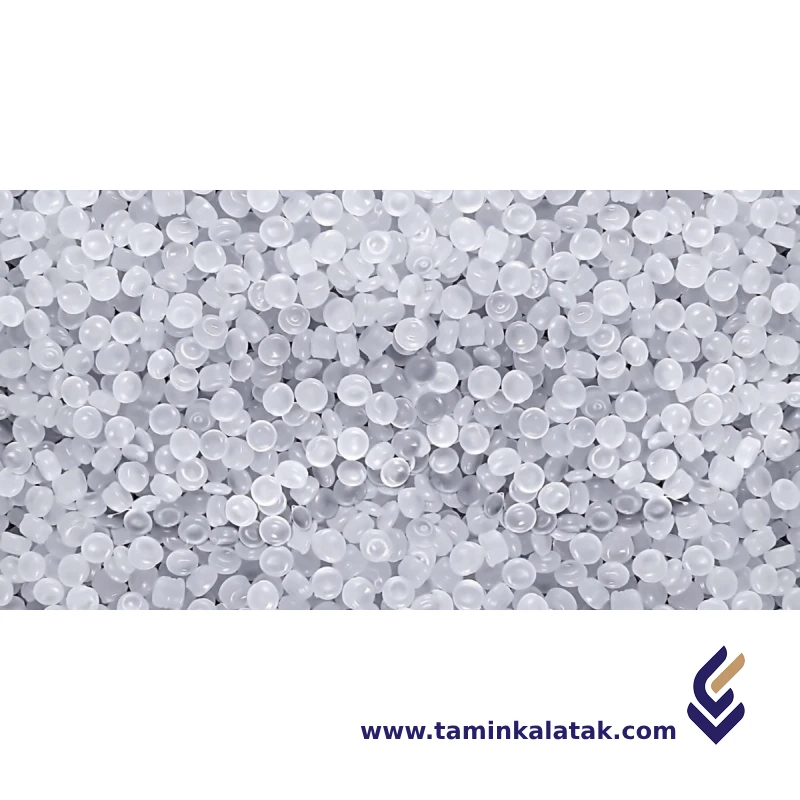Polymers are made up of very large molecules made up of many repeating units called monomers, which ultimately form this long polymer chain
A compound is a polymer blend mixed with additives, fillers, and reinforcements to achieve specific properties for end-use applications. A masterbatch is a concentrated mixture of additives or pigments in a carrier resin, used to enhance plastics without altering their base properties.
Masterbatch Anti fungus and mold
A masterbatch for anti-fungus and anti-mold applications is a concentrated additive used in plastic manufacturing to prevent fungal and mold growth. It is commonly used in polymer processing for products exposed to humid or damp environments, such as packaging, construction materials, agricultural films, and household items.
Structure
A Masterbatch anti-fungus and mold formulation typically consists of a polymer carrier, such as polyethylene or polypropylene, which acts as a base resin to evenly distribute the additives throughout the material. The key components are the active anti-fungal and anti-mold agents, which include biocides, fungicides, and anti-microbial agents that inhibit the growth of fungi, mold, and bacteria. These can include chemicals like zinc pyrithione, silver-based compounds, or organosulfur agents. To enhance the processing and performance, fillers such as calcium carbonate or silica may be added, along with stabilizers like UV stabilizers, antioxidants, or light stabilizers to maintain the longevity of the masterbatch. Additionally, processing aids such as lubricants and dispersing agents are often incorporated to improve the flow and dispersion of the ingredients during manufacturing. In some cases, surfactants or pigments might be included to optimize the dispersion and give the product color, though this is less common for anti-fungal and mold masterbatches. These masterbatches are then mixed into the final product, such as plastics or coatings, to provide effective protection against mold and fungal growth.
Properties
Masterbatch anti-fungus and mold possesses several key properties that make it effective in preventing microbial growth in plastic and polymer-based materials. It provides strong antifungal and antimicrobial protection by inhibiting the growth of mold, mildew, and bacteria, ensuring long-term durability and hygiene of the final product. The formulation is designed for excellent dispersion within the base polymer, allowing uniform distribution of active agents. It is highly stable under various environmental conditions, including high temperatures and UV exposure, preventing degradation over time. Many formulations are non-toxic and comply with regulatory safety standards, making them suitable for applications in packaging, medical devices, and consumer goods. Additionally, these masterbatches maintain the mechanical properties of the base polymer, ensuring that strength, flexibility, and appearance remain unaffected. They are also compatible with a wide range of polymers such as polyethylene, polypropylene, and polystyrene, offering versatility in application. Some variations include moisture-resistant and weatherproof properties, making them ideal for both indoor and outdoor use.
Applications
- Used in plastic packaging to prevent mold growth on food and consumer goods
- Incorporated into medical devices and equipment to ensure hygiene and reduce microbial contamination
- Applied in household products such as plastic containers, furniture, and flooring to prevent fungal damage
- Used in automotive interiors to prevent mold buildup in humid conditions
- Integrated into construction materials like PVC pipes, wall panels, and insulation for long-term mold resistance
- Employed in textiles and synthetic fibers to enhance durability and cleanliness
- Added to coatings and paints to protect surfaces from fungal and bacterial growth
- Utilized in agricultural films and greenhouse materials to minimize mold-related crop damage
Advantages
- Provides long-lasting antifungal and antimicrobial protection
- Helps in extending the lifespan of plastic materials by preventing microbial degradation
- Reduces health risks associated with mold exposure, particularly in medical and food-related applications
- Compatible with a wide range of polymers and processing methods
- Maintains the mechanical and aesthetic properties of the base material
- Some formulations are non-toxic and environmentally friendly
- Enhances hygiene and safety in various industries, including food, healthcare, and construction
Disadvantages
- May increase production costs due to the addition of specialized additives
- Some formulations may have regulatory restrictions for food contact or medical use
- Prolonged exposure to high temperatures and UV radiation can cause reduced effectiveness over time
- The presence of antimicrobial agents may lead to resistance development in microorganisms
- Requires precise formulation and dosage to avoid affecting the physical properties of the final product
Applications
Masterbatch Anti fungus and mold
| Products | MFI (g/10 min) | Density (g/Cm³) | Applications | Process method | Data Sheet | MSDS |
|---|---|---|---|---|---|---|
| Masterbatch Anti algae and moss | 5-25 | 0.99-1.10 | Agriculture Construction Marine Industry Textiles Packaging | Extrusion Injection Molding Blow Molding Coating and Lamination |







